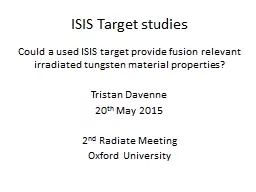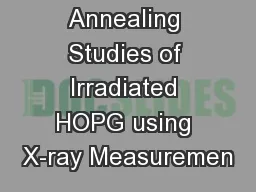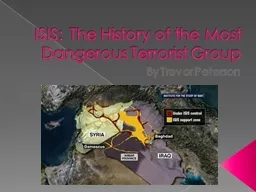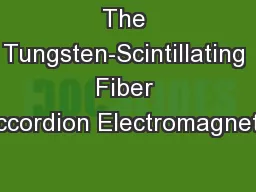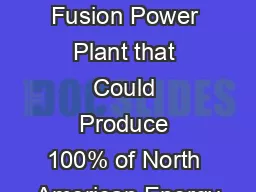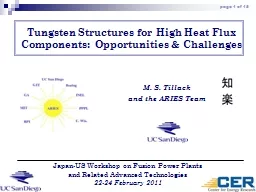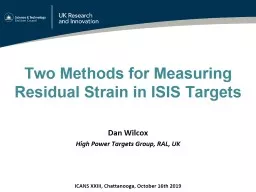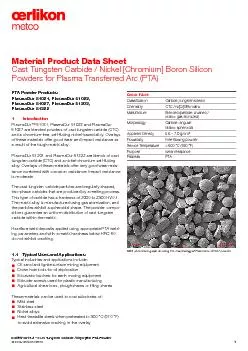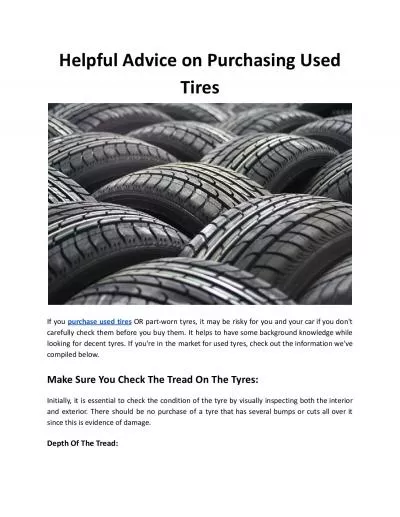PPT-ISIS Target studies Could a used ISIS target provide fusion relevant irradiated tungsten
Author : PrettyInPink | Published Date : 2022-07-27
Tristan Davenne 20 th May 2015 2 nd Radiate Meeting Oxford University TS1 core FLUKA geometry Geometry includes 12 tantalum clad tungsten plates and heavy water
Presentation Embed Code
Download Presentation
Download Presentation The PPT/PDF document "ISIS Target studies Could a used ISIS ta..." is the property of its rightful owner. Permission is granted to download and print the materials on this website for personal, non-commercial use only, and to display it on your personal computer provided you do not modify the materials and that you retain all copyright notices contained in the materials. By downloading content from our website, you accept the terms of this agreement.
ISIS Target studies Could a used ISIS target provide fusion relevant irradiated tungsten: Transcript
Download Rules Of Document
"ISIS Target studies Could a used ISIS target provide fusion relevant irradiated tungsten"The content belongs to its owner. You may download and print it for personal use, without modification, and keep all copyright notices. By downloading, you agree to these terms.
Related Documents

